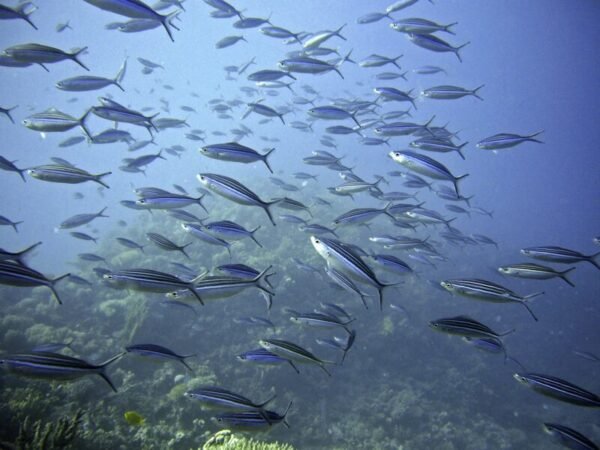Historic UN Agreement: 30% of World’s Oceans to be Placed in Protected Areas

The United Nations member states have finally reached an agreement on a “high seas treaty” aimed at protecting marine life in international waters, covering almost half of the planet. The treaty was the culmination of UN-facilitated talks that began in 2004, and it took two weeks of negotiations for delegates of the Intergovernmental Conference on Marine Biodiversity of Areas Beyond National Jurisdiction (BBNJ) to agree on a legally binding agreement.
According to the UN news, the treaty would place 30% of the world’s oceans into protected areas, allocate more funds towards marine conservation, and cover access to and the use of marine genetic resources. This legal framework is essential for addressing the triple planetary crisis of climate change, biodiversity loss, and pollution. The treaty is also critical for achieving ocean-related goals and targets of the 2030 Agenda for Sustainable Development and the Kunming-Montreal Global Biodiversity Framework.
The agreement is a significant victory for multilateralism and global efforts to counter the destructive trends facing ocean health now and for generations to come. UN Secretary-General Antonio Guterres, in a statement issued by his spokesperson, expressed his satisfaction with the outcome. He recognized the critical support of non-governmental organizations, civil society, academic institutions, and the scientific community in making the treaty a reality.
The treaty covers marine biodiversity in areas beyond national jurisdiction, which refers to marine areas that lie beyond the jurisdiction of any state. It includes international waters, which make up 64% of the ocean’s surface, and the seabed, which covers 65% of the planet’s surface. The treaty’s primary goal is to protect the marine environment in these areas, which is under severe threat from human activities such as fishing, shipping, and resource extraction.
The negotiations for the high seas treaty have been in the making for over two decades. The BBNJ conference ended in a mammoth final session of more than 36 hours, where the UN member states agreed on the treaty. Conference President Reena Lee expressed her delight, saying that “the ship has reached the shore.”
The high seas treaty marks a significant step forward in protecting our planet’s marine biodiversity. With over 70% of the earth’s surface covered by water, the treaty’s implementation is crucial for maintaining ocean health and ensuring the sustainability of our planet. This agreement provides a framework for future generations to protect and preserve our oceans, ensuring that they remain a vital resource for humanity.


















